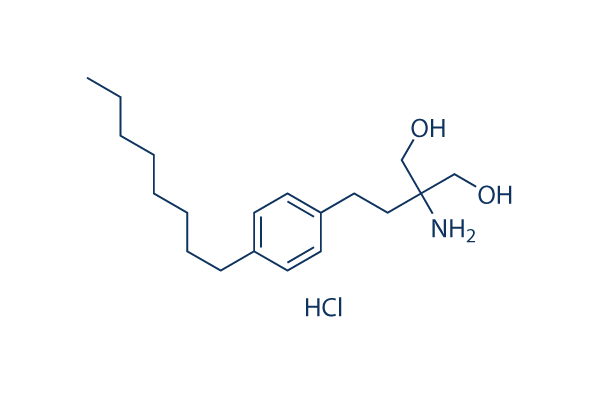The hallmark with the host response to tumor burden is cachexia. Wasting is a direct result of circulating cytokines on skeletal muscle metabolic process and cannot be ascribed to cancer related anorexia, considering the fact that food consumption by C26 bearing mice is not substantially distinct from that of controls. Nevertheless, we and others observed a substantial loss of both body fat and lean mass induced by the presence of the tumor. We observed that muscle wasting is linked to greater selleck chemical protein degra dation, as proven by greater protein ubiquitination in muscle tissue from C26 bearing mice. Cachexia, sarcopenia, and disuse atrophy are wasting problems characterized by reduction of muscle mass. These circumstances lead to differ ent metabolic adaptations. greater fee of protein deg radation in cachexia, rather than unchanged protein degradation in inactivity or sarcopenia.
The reduction of both adipose and muscle tissue can be a certain feature of cachexia, which makes it probable to further distinguish cachexia from sarcopenia, that’s characterized by reduction of lean but not fat mass. Taken together, these capabilities make it possible for a clear discrimination PTC124 amongst diverse wasting con ditions and indicate that cachexia is distinct from sar copenia and from disuse. Accordingly, this notion has been integrated during the lately launched consensus defini tion of cachexia. Given that reduction of muscle mass is really a hallmark of muscle wast ing, we now have measured the mass of a few muscle groups, namely the Soleus, the EDL and the Tibialis. These mus cles vary insomuch as they have rather various sizes and functions, whilst becoming all anatomically situated from the dis tal extremity of the lower limbs. Differential functions are mirrored by a various fiber sort composition and oxida tive metabolic process, with all the Soleus and EDL becoming predomi nantly composed of slow and quickly fibers, respectively.
the Tibialis includes a mixed fiber popula tion. We showed that all the muscle analyzed had been severely cachectic. Two way ANOVA demonstrated the C26 tumor substantially affects the muscle mass irre spectively  of its original dimension and style. We therefore con clude that muscle wasting seems to get a generalized response to tumor burden, while we can’t exclude that some muscular tissues are spared. It is a novel, relevant choosing. yet, it doesn’t imply that all muscle tissues are equal with regard to all responses. as an illustration, each Soleus and EDL grow to be cachectic in the presence of your C26 tumor but they do not have superimposable practical deficits. Muscle wasting is due to muscle fiber atrophy.
of its original dimension and style. We therefore con clude that muscle wasting seems to get a generalized response to tumor burden, while we can’t exclude that some muscular tissues are spared. It is a novel, relevant choosing. yet, it doesn’t imply that all muscle tissues are equal with regard to all responses. as an illustration, each Soleus and EDL grow to be cachectic in the presence of your C26 tumor but they do not have superimposable practical deficits. Muscle wasting is due to muscle fiber atrophy.
Mirna Array
Fast, easy and accurate miRNA profiling using mirna array
